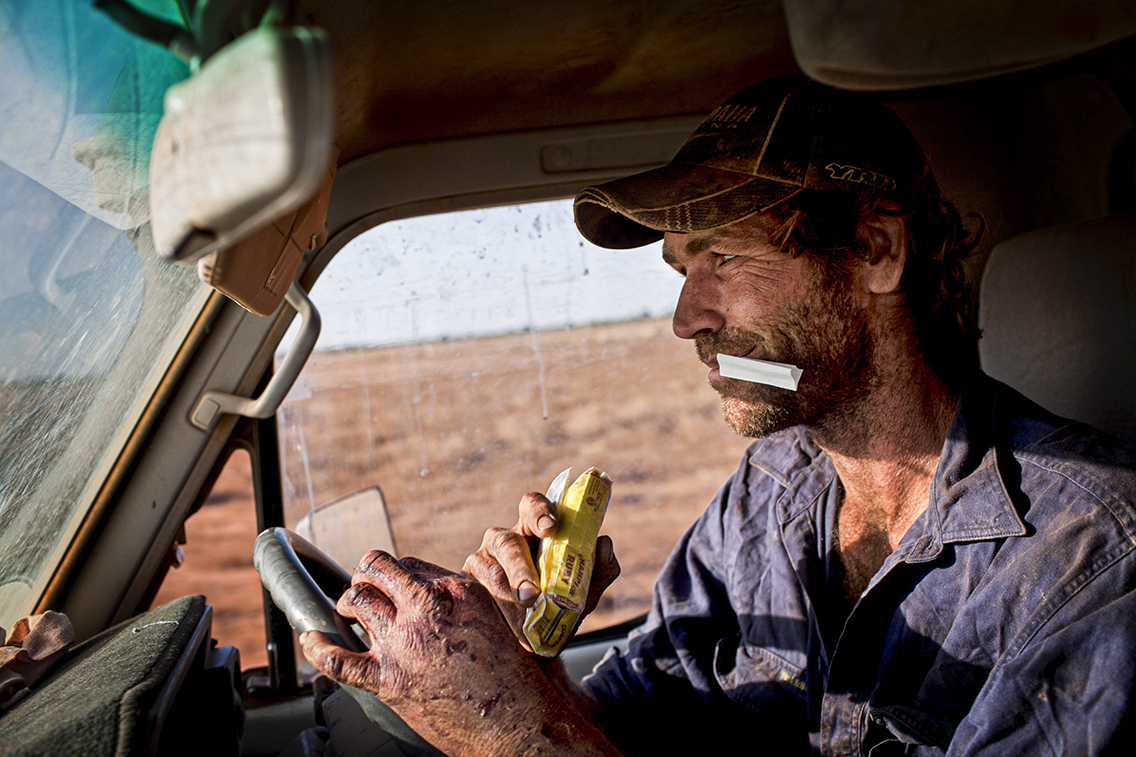Presentation
FRANCE • BORN IN 1978
TERRA NULLIUS
This Latin expression refers to a land unoccupied by any state, a “nobody’s land”. The principle of terra nullius emerged when the British colonised Australia, to justify their invasion of this island-continent, considering the indigenous people as an inferior race destined to become a just a small segment of the population, or indeed, to disappear altogether. On 28 April 1770, British explorer James Cook refused to recognise the indigenous populations. Two centuries later, in 1992, a legal battle over the recognition of Aboriginal land rights led the High Court of Australia to deliver a landmark judgement declaring that the country had never been terra nullius and invalidating this principle, with retroactive effect.
Today, Australia has a population of over 25 million. The vast majority live on the coast, in the big cities such as the capital Canberra, Sydney and Melbourne. Nearly 10% live in the heart of the country – the Bush and the Outback – covering more than two-thirds of the territory. Viviane Dalles, the French photographer who won the Canon Women’s Photojournalist Award, set out to understand how the sparse population of these deserted regions live, and spent several months in this vast wilderness.
Most of her story takes place in the Northern Territory. A place where time and distance stretch infinitely like the horizon. A few towns remain, such as Alice Springs, the gateway to the Red Centre. But Viviane Dalles left these places behind, instead taking to the dusty roads, where life gains a whole new dimension. Living on a vast farm, comparable in size to a French département, demands extraordinary self-reliance and mental strength. Here, far from everything, the children don’t go to school; instead, school comes to them via the internet and Skype. It’s an immensity that’s harsh yet magnificent, fierce yet radiant. Hostility that can be tamed… if you take the time.
JARDIN SAINT-VINCENT

© Viviane Dalles • Exhibition Terra Nullius

